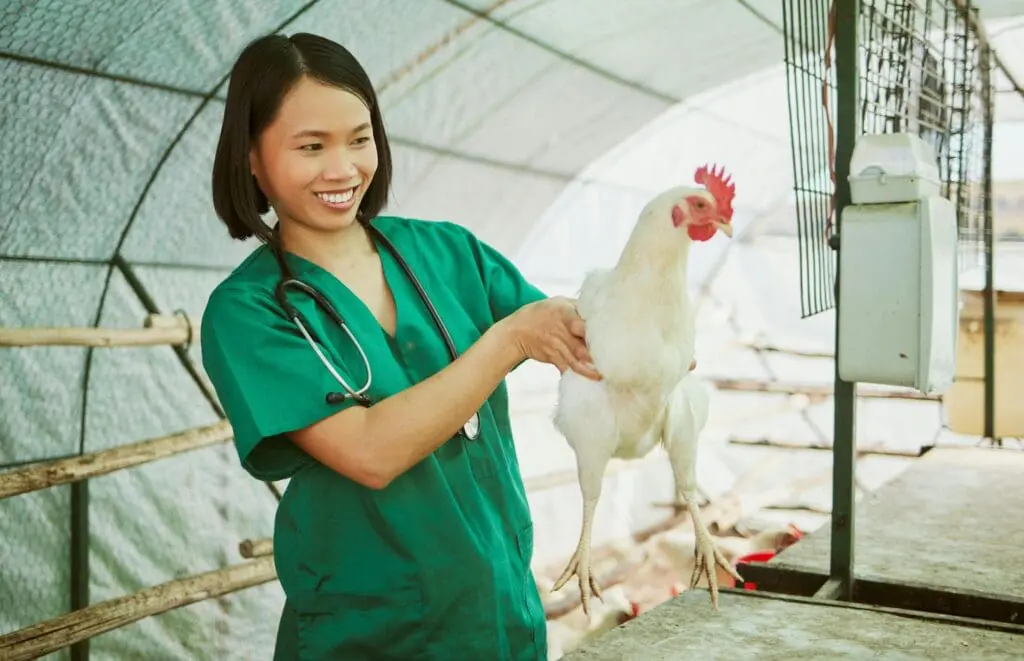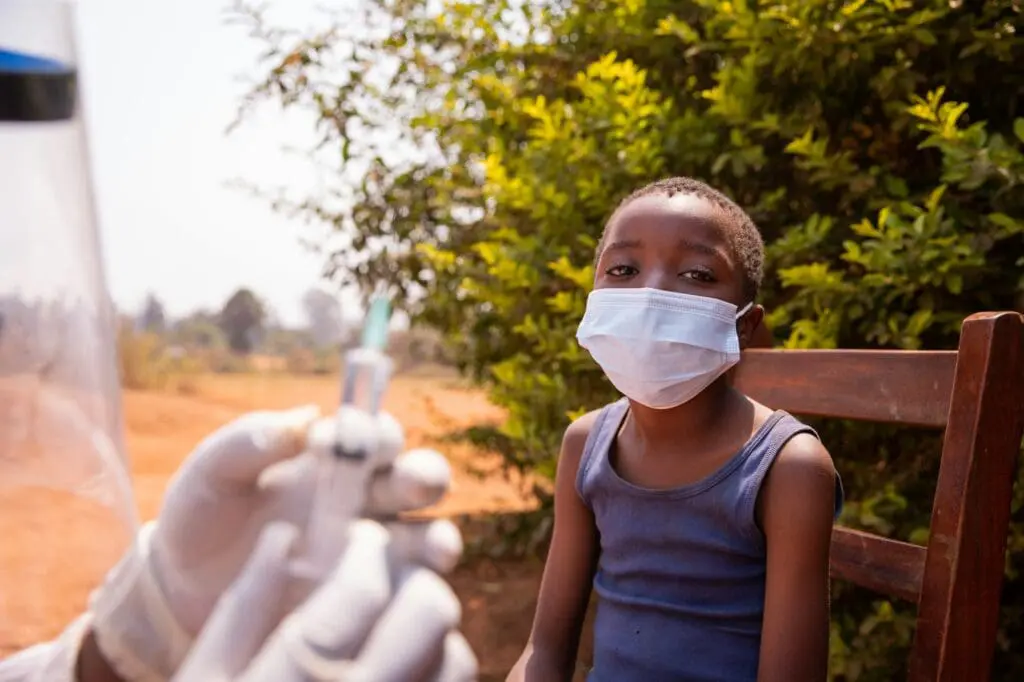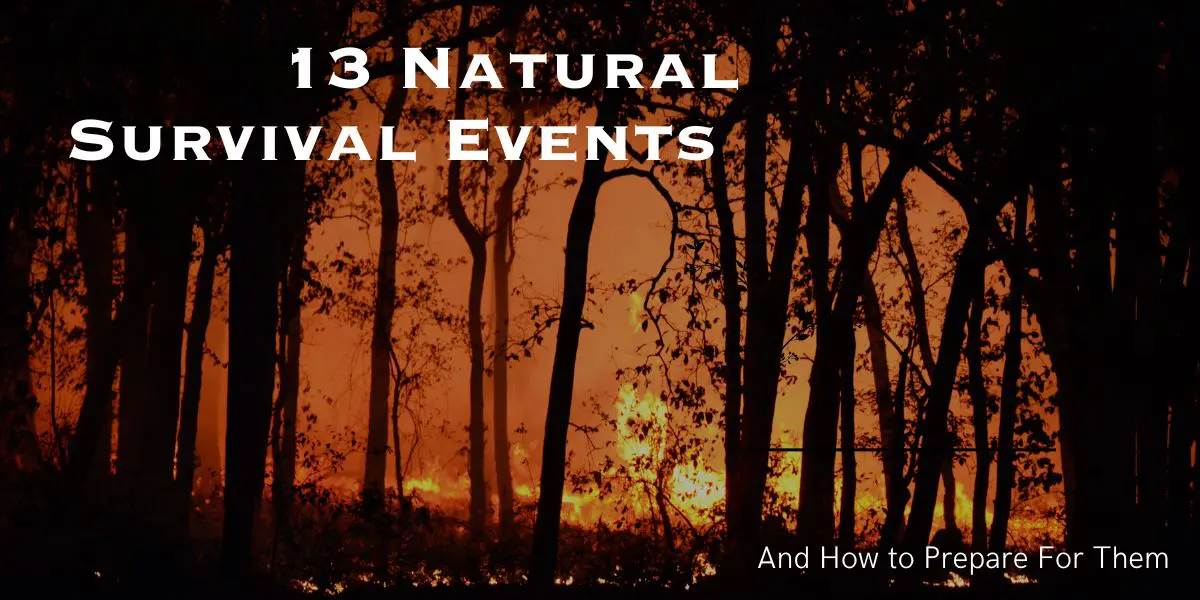Introduction
Overview of the 5 looming pandemic threats
Amidst the global pandemic aftermath, we must focus on the future and the health risks that may arise. While it’s not pleasant to contemplate, understanding these threats is a crucial step in preparing and protecting ourselves and our communities. In this article, we will delve into five looming pandemic threats that have the potential to significantly impact global health. We aim to shed light on these potential dangers, not to incite fear, but to foster awareness, encourage preparedness, and promote proactive measures for public health and safety. Pandemics can arise due to various factors such as viral mutations, antibiotic resistance, animal-to-human transmission, global travel, and vaccine hesitancy (that is not to say you should jump at every vaccine either). These risks highlight the need for continuous vigilance, research, and global cooperation in the field of public health to prevent and respond effectively to outbreaks.

Note on Vaccination
Vaccinations are a hot item for a lot of people. And, in my opinion, should be. My intent is to not get too bogged down and derail the intent of this article with the debate. So I want to go ahead and address it up front. The general mitigation guidelines for most diseases etc, will always be ‘Get Vaccinated’. I won’t bother putting that in each write up below due to the reasons I mentioned already. I am personally opposed to numerous vaccinations but strongly support others. It really comes down to a personal choice and your determination of whether you consider it a good option. The hard line I will take here (on my position) is that it is an individual choice. I don’t subscribe or buy into the mass pressure of ‘You’re putting us all at risk’. While I understand that argument and position, I value personal liberty and freedom more.

Avian Influenza (Bird Flu)
Avian Influenza Transmission and Symptoms
Avian influenza, also known as Bird Flu, is primarily spread through contact with infected birds or their droppings. The virus can also be transmitted through contaminated surfaces or materials. It’s important to handle birds and poultry with caution to minimize the risk of infection. Additionally, practicing good hygiene and following proper food safety measures are crucial in preventing the spread of avian influenza to humans. In addition to the common symptoms such as fever, cough, sore throat, and muscle aches, some individuals may also experience breathing difficulties. In severe cases, the virus can lead to pneumonia and respiratory failure. It’s important to seek medical attention if experiencing these symptoms.
Preventive Measures against Avian Influenza
To stay safe, it’s crucial to steer clear of sick birds or places they frequent. Prioritize cooking poultry thoroughly to ensure its safety before enjoying it. Don’t forget to maintain good hygiene habits, such as regular handwashing.

Ebola Virus
Ebola Virus Outbreaks and Impact
Devastating Ebola virus outbreaks have plagued Africa, unleashing havoc with alarming fatality rates and unleashing public health emergencies. The virus, transmitted through direct contact with contaminated bodily fluids, triggers debilitating symptoms such as relentless fever, severe hemorrhaging, and the harrowing collapse of vital organs.
Treatment and Vaccines for Ebola Virus
In the realm of treatment, supportive care is employed to effectively manage symptoms and proactively avert complications. Additionally, there have been remarkable advancements in the development of experimental vaccines that hold promise in preemptively combating Ebola virus infection.
Zika Virus
Zika Virus Transmission and Effects
Zika virus is mainly transmitted through infected Aedes mosquitoes, which bite humans. The virus is known to cause symptoms like fever, rash, joint pain, and conjunctivitis. In some cases, Zika virus infection can also lead to more severe complications such as Guillain-Barré syndrome. It is important to take preventative measures to protect oneself from mosquito bites, especially in areas where Zika virus is prevalent.
Zika Virus Prevention and Control
Preventing Zika virus infection is crucial, and one way to do so is by taking steps to avoid mosquito bites. This includes using insect repellents and wearing protective clothing, such as long sleeves and pants, especially during times when mosquitoes are most active. Additionally, it’s important to take measures to reduce the presence of mosquitoes in and around your living area. Finally, Some control measures include eliminating mosquito breeding sites and implementing public health campaigns to raise awareness.
Middle East Respiratory Syndrome (MERS)
MERS Symptoms and Spread
MERS, caused by a coronavirus, poses a significant health risk as it primarily spreads from dromedary camels to humans. This zoonotic disease has raised concerns due to its potential to cause severe respiratory illness in humans, leading to a need for continued vigilance and control measures to prevent further transmission. Symptoms of MERS include fever, cough, and shortness of breath, with severe cases leading to pneumonia and kidney failure.
Managing MERS Outbreaks and Risks
To manage MERS outbreaks, it is important to isolate infected individuals and enforce strict infection control measures. It is also crucial to reduce the risks of MERS transmission by practicing good hand hygiene and avoiding close contact with sick individuals.
Drug-Resistant Tuberculosis (TB)
Challenges of Drug-Resistant TB
Drug-resistant Tuberculosis (TB) is a major challenge due to the fact that some strains of TB bacteria have developed resistance to commonly used antibiotics. This makes it difficult to effectively treat and control the spread of the disease. Immediate action needs to be taken to address this problem and develop alternative treatment options to combat drug-resistant TB. Resistance to treatment complicates and prolongs the management of TB, heightening the likelihood of spreading the disease to others.
Managing Drug-Resistant TB Outbreaks and Risks
Mitigation of Drug-Resistant Tuberculosis (TB) involves several key strategies. These include prompt and precise diagnosis using advanced testing methods, followed by tailored treatment plans incorporating second-line anti-TB drugs. Ensuring patients adhere to their treatment plans, coupled with rigorous infection control measures, is critical to prevent the disease’s spread. Although current vaccines may not prevent drug-resistant TB, they can help protect against severe forms in children, and research is underway for more effective vaccines. Regular monitoring and surveillance at all levels are necessary to track and control the disease’s spread. Lastly, ongoing research into improved diagnostic tools, drugs, and vaccines is essential for future control and prevention efforts.
Conclusion
In conclusion, the world must remain vigilant and prepared for the potential of future pandemics. The threats of Avian Influenza, Ebola, Zika virus, Middle East Respiratory Syndrome (MERS), Drug-Resistant Tuberculosis (TB) among others, underscore the importance of understanding these diseases, their transmission methods, and potential impacts. While vaccinations remain a contentious topic for some, they may play a significant role in disease prevention. However, it’s equally important to respect individual choices and freedoms. Ultimately, the goal is to foster awareness and encourage proactive measures in public health, emphasizing good hygiene, safe food handling, and responsible interaction with animals. By staying informed and prepared, we can collectively work towards mitigating the risks and impacts of future pandemics.
































